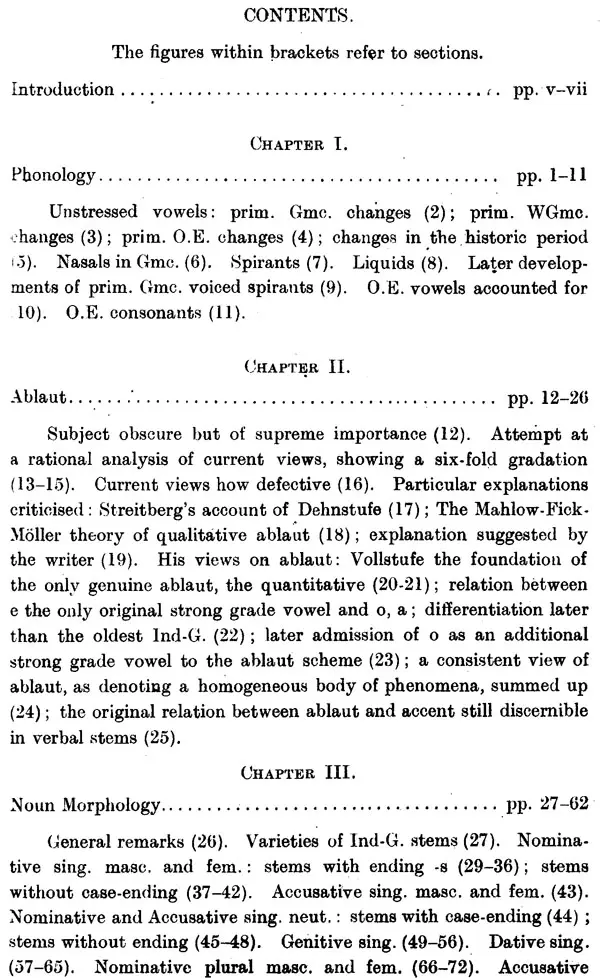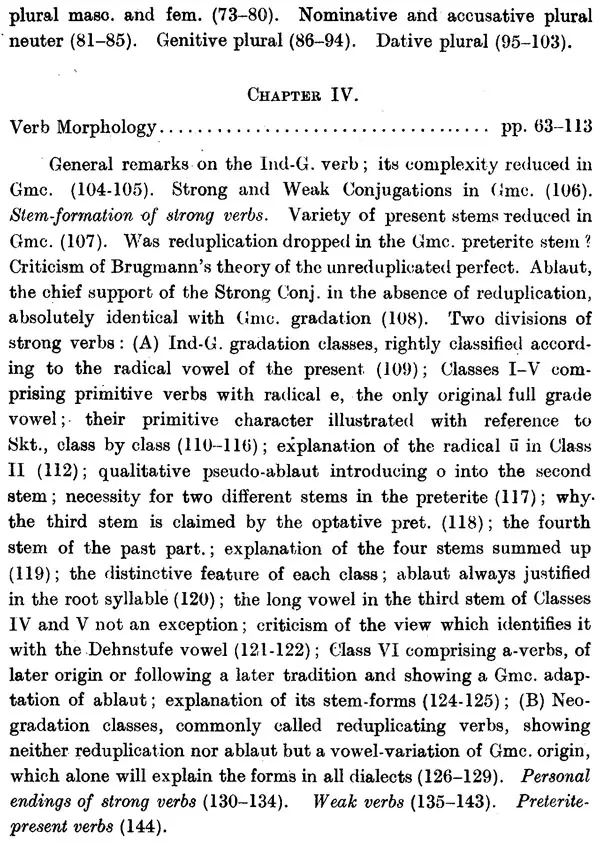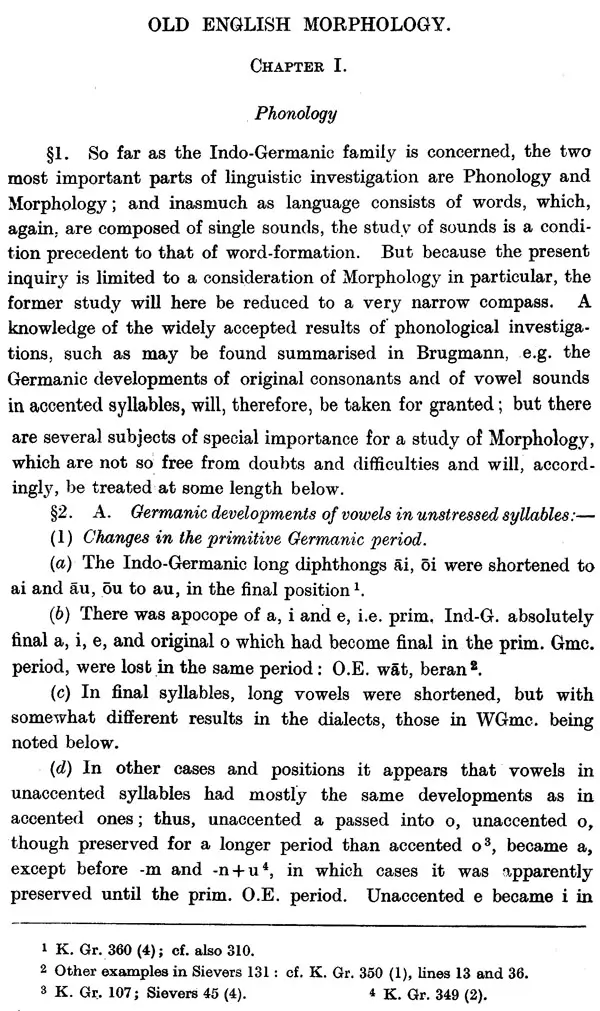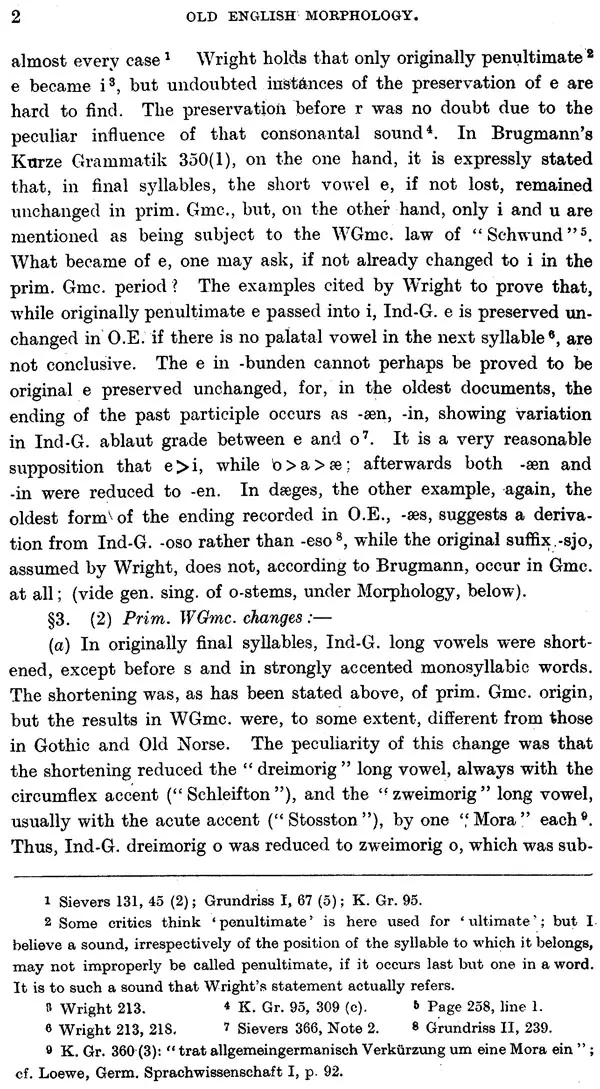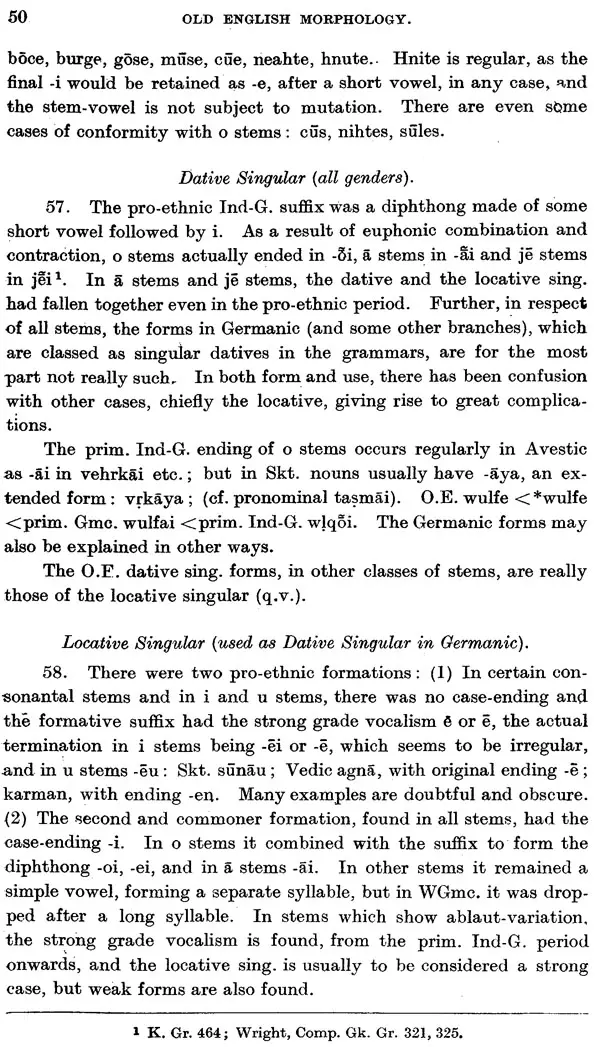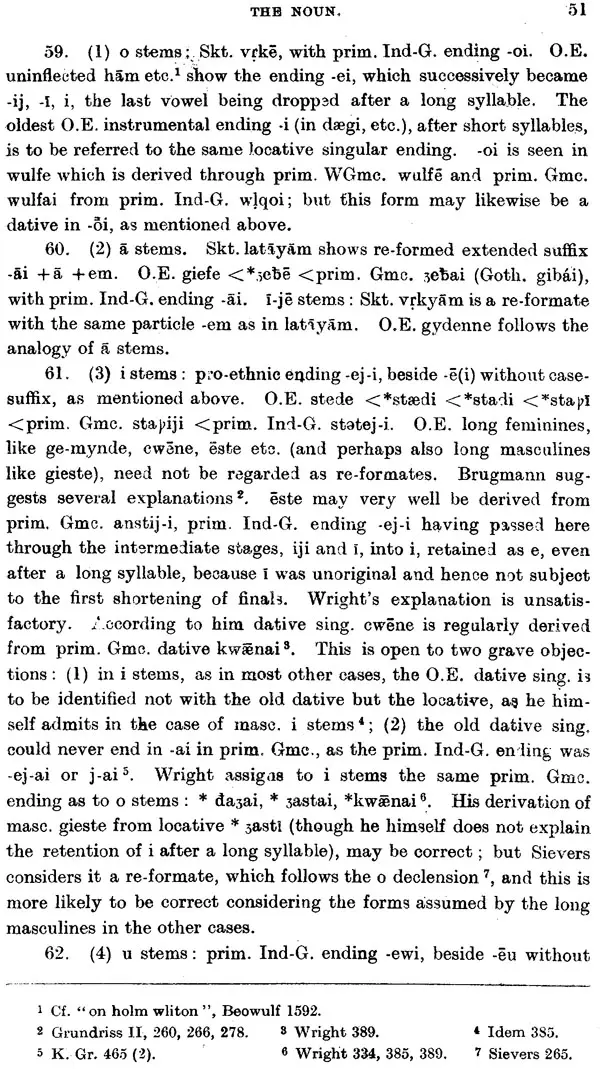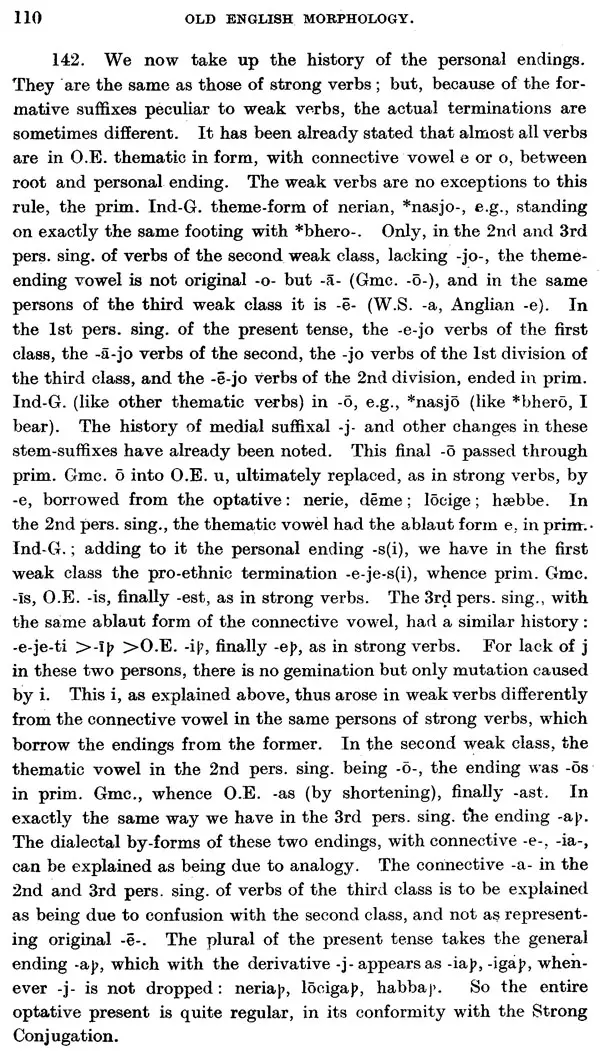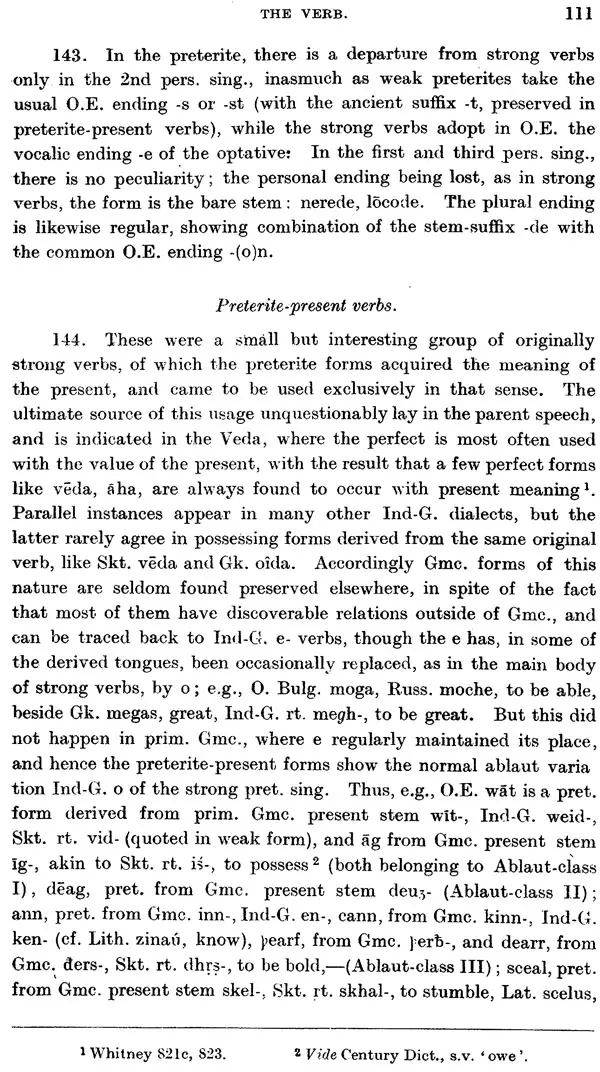
Old English Morphology and Indo-European
Book Specification
| Item Code: | UAF825 |
| Author: | Dina Nath Wadhwa |
| Publisher: | Sharada Publishing House |
| Language: | English |
| Edition: | 1996 |
| ISBN: | 8185616000 |
| Pages: | 344 |
| Cover: | HARDCOVER |
| Other Details | 8.50 X 5.50 inch |
| Weight | 260 gm |
Book Description
As a corollary of this discovery, it is believed that the English language belongs to the same stock with Sanskrit, the eldest surviving sister in the Indo-European family. It is very easy to believe, is but very difficult to linguistically prove. This herculean task has been performed by Dr. B.K Ray in his monumental work which is now being reprinted. The erudition and scientific insight of Dr. Ray is simply are inspiring. He has not only traced the origin of various forms of English morphology-nouns and verbs, but has traced the origin and development of each and every example to different stages of the word comparing them with a dozen other language forms, and each case citing the cognates from Sanskrit. Therefore, though the subtitle of the work reads as "A Dissertation on the Origins of the English Language", it is, in fact, a very well written handbook for the study of the Comparative Indo-European Philology. For the students of Sanskrit, it is a linguistic study of their language.
The innumerable bibliographical references will initiate a student further research in the subject.
Ray's brilliant academic pursuit was untimely put off because of Rajkumar's retirement. He, however, graduated with honours in English from the Presidency College at 17. Initially he did some school teaching to stave off the financial burden and took a first class in Law. A staunch nationalist, in those days, Ray was refused judicial service, inspite of his academic achievement, because of his close association with the revolutionary leader Jatindranath Mukherjee (Bagha Jatin). For the next few years, he served the Kakina Raj Estate, in North Bengal, as a Sub-Manager and Executive Superintendent. Throwing up this service, he finally did his M.A. in English from the University of Calcutta, thirteen years after his graduation.
In the same year, Ray began to teach in the Bangabasi College, Calcutta (1914-17). Three years later, he was taken into Cooch Behar Victoria College (1917-20) by Brojenctranath Seal and also served Rajshahi Govt. College for a few months (1920-21). While in the Cooch Behar College, the members of the visiting Saddler Commission (including Michael Saddler, Asutosh Mukherji and P.J. Hartog, the then Registrar of the London University) at-tended his classes and were so impressed by the brilliance of the young teacher that they gave the following glowing account of their impression in the published report: 'At the Victoria College, Cooch Behar, we had the privilege of hearing a lecture on the position of Sir Walter Scott in British fiction, a discourse so admirable in structure, diction and critical insight that it would have been received with applause by any company of European scholars' (Vol. I, p. 117). On the strength of the lecture vividly remembered by Hartog, afterwards the first Vice-Chancellor, Dacca University, Ray was appointed a lecturer in English, when the university opened its door in july,1921.
Book's Contents and Sample Pages

